

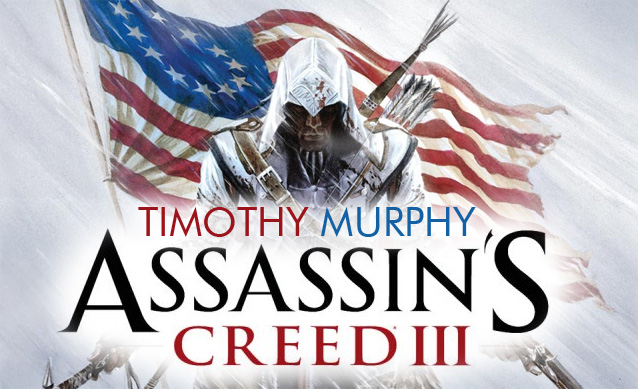
Timothy Murphy is not likely to be a name you have heard before. Timothy Murphy is not a wig-wearing aristocrat with a rifle. Timothy Murphy is an All-American hero that served in the most important theatres of the American Revolutionary War. His verifiable military record, pairs with his folk legend status to lend credence to the idea that Timothy Murphy may be the man (one of the men?) that Ubisoft Montreal had in mind when they designed their new hero.
Murphy was born in America, and raised on the Pennsylvania frontier by his Irish immigrant parents. He was apprenticed to a family that lived deeper still on the western frontier. Here, he grew up, and learned to be an excellent marksman while hunting for food and combating Indian raids.
When war broke out between the British and the nascent Americans, Murphy immediately enlisted. He saw action at the Siege of Boston, the Battle of Long Island, the Battle of Trenton, and the Battle of Princeton. In July 1777, he was recognized as an elite marksman and was assigned to Daniel Morgan's legendary Rifle (read: sniper) Corps.
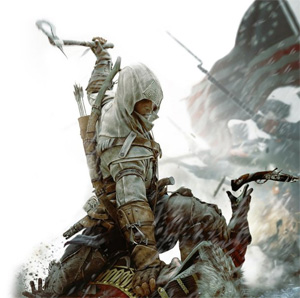
This Corps was a group of unrepentant badasses. Here's what George Washington had to say about Murphy and his contemporaries: "Chosen men, selected from the army at large, well acquainted with the use of rifles, and with that mode of fighting which is necessary to make them a good counterpoise to the Indian." That's all well and good, but what of that brand new Assassin's Creed cover? The new hero is quite clearly holding a tomahawk, a trademark Indian weapon, and dressed in somewhat Indian styled garb. To answer that we turn to James Graham, biographer of Daniel Morgan: " His men were armed, each with a rifle, a tomahawk, and a long Knife. They were dressed with flannel shirts, cloth or buckskin breeches, buckskin leggins, and moccasins... appears to have adopted the Indian dress on this expedition. "
Once assigned to Daniel Morgan's Rifle Corps, Murphy was sent to the front lines of the Saratoga campaign. Here, Murphy turned into a legend. The second and decisive battle of the campaign was that of Bemis Heights. Here, the revolutionaries were faced by a skilled British general named Simon Fraser. Murphy was ordered to kill the man. He climbed a nearby tree, and fired four shots from a distance that is estimated to be between 300-500 yards. General Fraser was hit, and died the next day. Murphy wasn't done though, he killed British General Burgoyne's Aide-de-Camp, Francis Clerke as well. After the felling of these two prominent officers, the British morale crumbled and the day was given to the Americans. The decisive American victory at Saratoga led to France's entrance to the war on behalf of the Americans. That crucial moment of history, can conceivably be traced back to the crack of Timothy Murphy's rifle.
Chosen men, selected from the army at large, well acquainted with the use of rifles, and with that mode of fighting which is necessary to make them a good counterpoise to the Indian.From here, Murphy returned to the regular army. At Valley Forge, Murphy and other soldiers braved the harsh weather and food shortages. At the end of the Winter, Murphy's term of service expired and he moved to the Schoharie Valley in New York. Here, he joined the local militia and married his wife Peggy, who would also turn out to be a badass. This was Tim Murphy after all, and where ever he went, some hardcore fighting followed. In 1780, the Valley was besieged by 2,000 British regulars and Indians. Murphy was among 200 defenders at the central fort in the area. The local commander attempted to surrender the fort to the British, but Murphy fired shots directly over the heads of the British truce party as they approached. Murphy would not be taken prisoner, the fort would not fall. His wife was by his side, fashioning his ammunition for him. Murphy was defying orders, but the other militia-men sided with him, and the officer relinquished his command. The British pressed the attack, but the garrison held. The British force eventually vacated the area, ceding it back to the Americans.
The following year, Murphy re-enlisted. He fought at Yorktown, and he was there for the British surrender. You don't mean to tell me that there were no Assassins or Templars at the British surrender of Yorktown, do you?
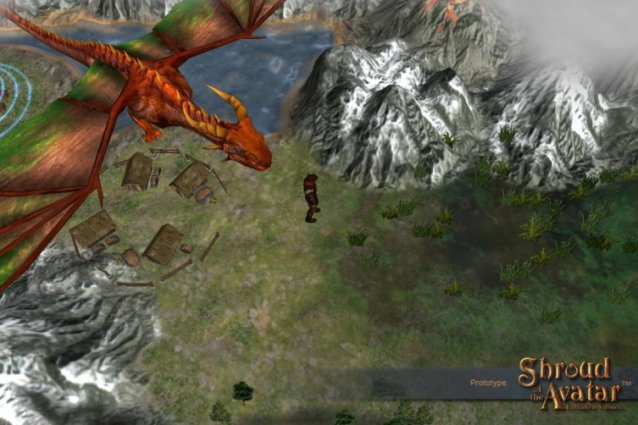

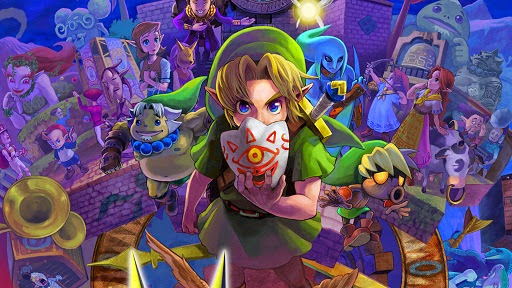
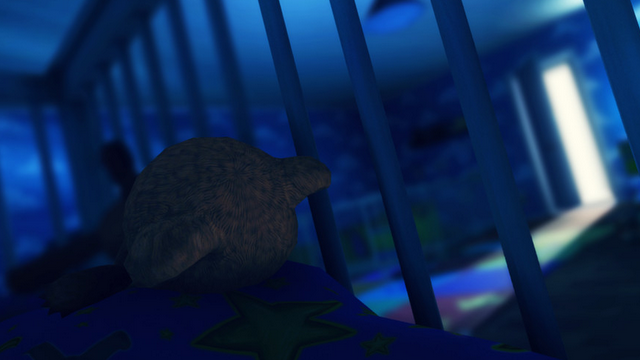
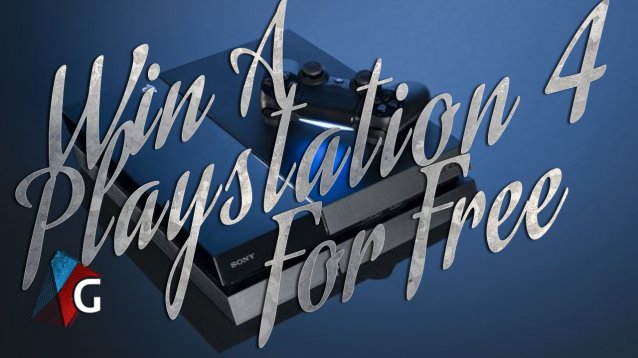 Win a PlayStation 4 from Gameranx
Win a PlayStation 4 from Gameranx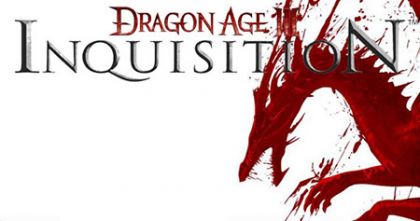 How to fix Dragon Age: Inquisition DirectX Crash issue, License Errors, Launch Issues, Server, FPS errors and more
How to fix Dragon Age: Inquisition DirectX Crash issue, License Errors, Launch Issues, Server, FPS errors and more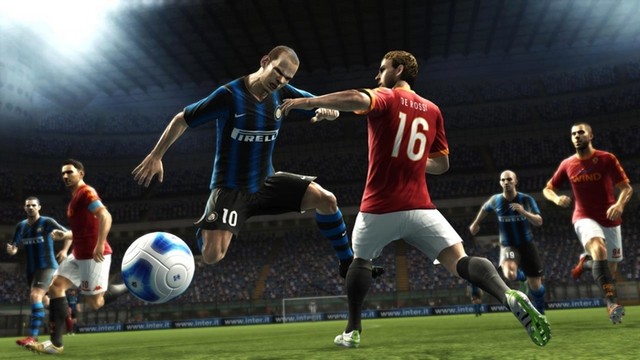 PES 2012 Achievement/Trophy List
PES 2012 Achievement/Trophy List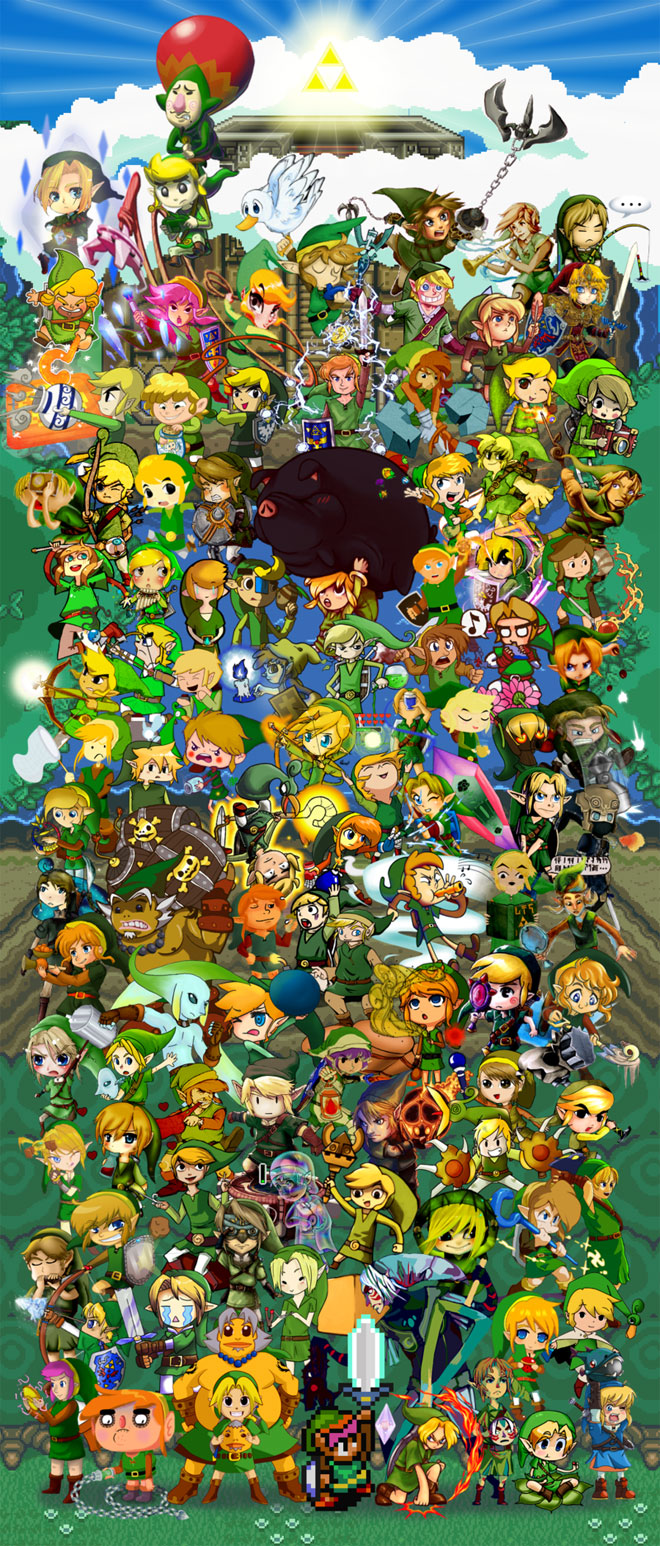 Massive Legend of Zelda Collaborative Artwork
Massive Legend of Zelda Collaborative Artwork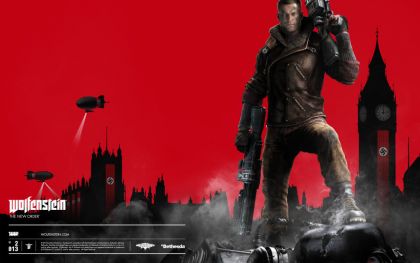 Wolfenstein: The New Order Walkthrough - Guide in detail for all chapters
Wolfenstein: The New Order Walkthrough - Guide in detail for all chapters